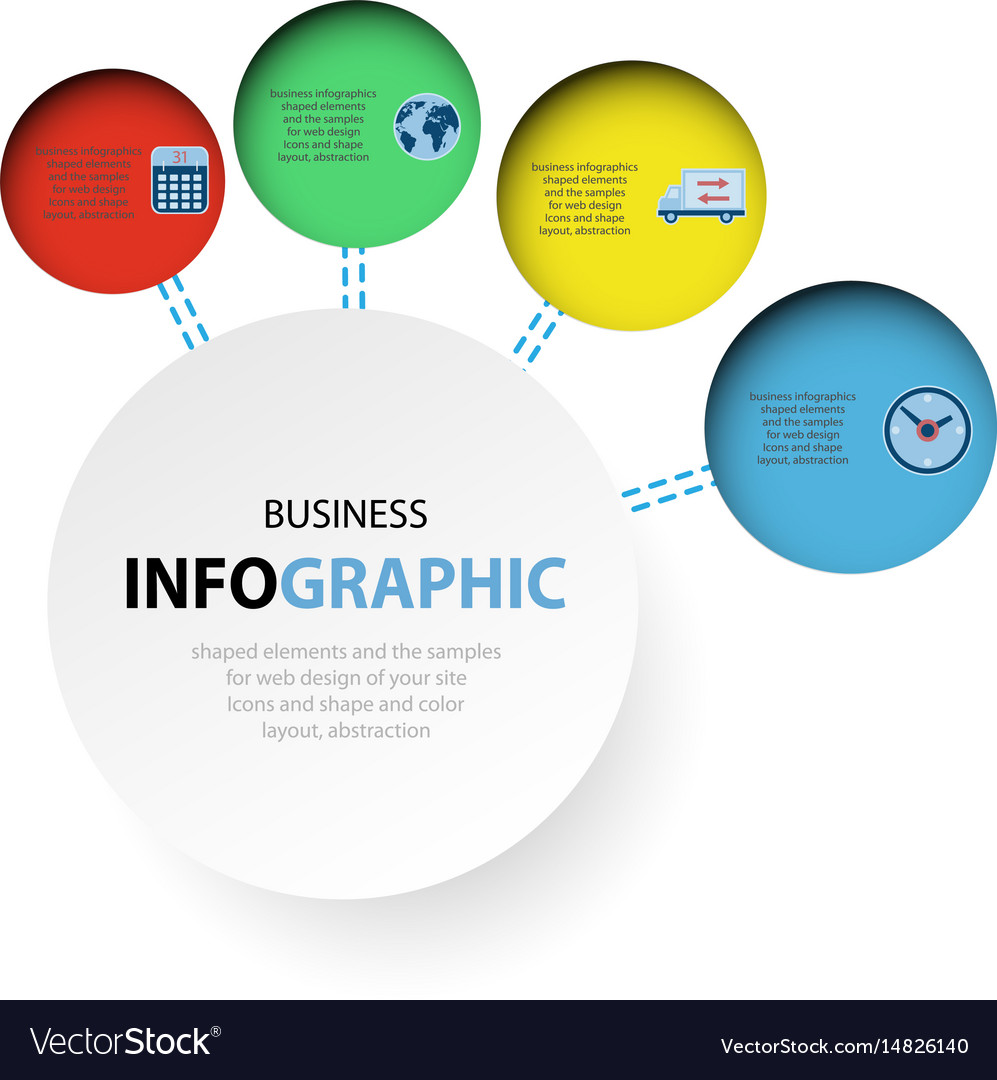Taking Advantage Of The Power Of Visual Hierarchy In Site Design
Taking Advantage Of The Power Of Visual Hierarchy In Site Design
Blog Article
Composed By-Korsgaard Rogers
Think of a site where every component competes for your interest, leaving you feeling bewildered and unsure of where to concentrate.
Currently photo a site where each component is meticulously arranged, directing your eyes effortlessly via the page, providing a seamless individual experience.
The distinction hinges on the power of aesthetic hierarchy in web site design. By strategically organizing and prioritizing components on a webpage, developers can develop a clear and intuitive path for individuals to adhere to, inevitably improving involvement and driving conversions.
Yet how precisely can you harness this power? Join us as we discover the principles and techniques behind effective visual hierarchy, and discover how you can raise your website style to new elevations.
Recognizing Visual Power Structure in Web Design
To properly communicate info and overview individuals through a site, it's important to recognize the concept of aesthetic hierarchy in website design.
Visual pecking order refers to the setup and company of aspects on a webpage to highlight their value and develop a clear and instinctive customer experience. By establishing a clear aesthetic hierarchy, you can direct users' attention to the most essential info or actions on the page, improving usability and engagement.
This can be attained via different design strategies, consisting of the calculated use of dimension, shade, contrast, and positioning of aspects. As an example, larger and bolder components typically draw in more interest, while contrasting shades can create aesthetic comparison and draw focus.
Principles for Effective Visual Hierarchy
Recognizing the principles for efficient visual hierarchy is crucial in creating an easy to use and interesting internet site style. By following these principles, you can guarantee that your website properly interacts details to customers and overviews their focus to one of the most crucial aspects.
One principle is to utilize dimension and scale to develop a clear visual pecking order. By making essential elements bigger and much more noticeable, you can draw attention to them and guide users through the content.
click now is to make use of contrast effectively. By using contrasting colors, typefaces, and forms, you can create aesthetic differentiation and highlight important information.
In addition, the principle of closeness recommends that related aspects ought to be organized with each other to visually attach them and make the web site more organized and simple to browse.
Implementing Visual Power Structure in Website Layout
To implement aesthetic hierarchy in web site layout, prioritize crucial components by readjusting their size, color, and placement on the page.
By making key elements larger and extra noticeable, they'll naturally attract the customer's interest.
Usage contrasting colors to create visual contrast and emphasize vital details. For https://internet-marketing-exampl44321.actoblog.com/30859393/the-ultimate-guide-to-digital-advertising-and-marketing-strategies-and-methods-for-success , you can make use of a strong or vibrant shade for headings or call-to-action buttons.
Furthermore, take into consideration the setting of each element on the web page. Area essential elements at the top or in the center, as users often tend to concentrate on these areas first.
Final thought
So, there you have it. Visual pecking order resembles the conductor of a symphony, assisting your eyes through the internet site design with skill and style.
It's the secret sauce that makes a site pop and sizzle. Without it, your design is simply a jumbled mess of arbitrary elements.
But with aesthetic hierarchy, you can produce a masterpiece that gets hold of attention, interacts successfully, and leaves a long lasting impression.
So leave, my friend, and harness the power of visual hierarchy in your website layout. Your audience will thanks.
